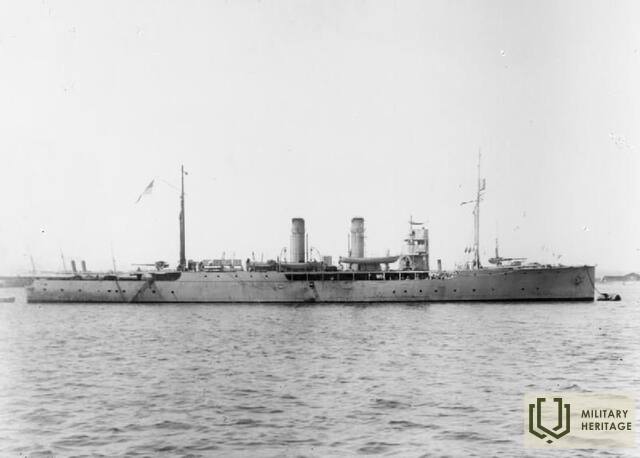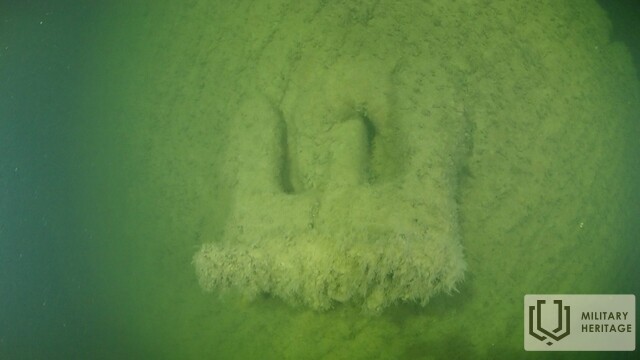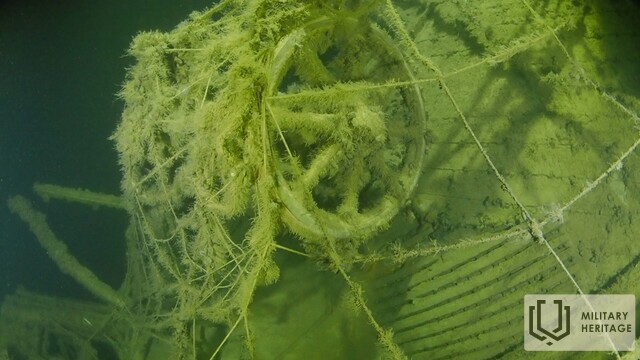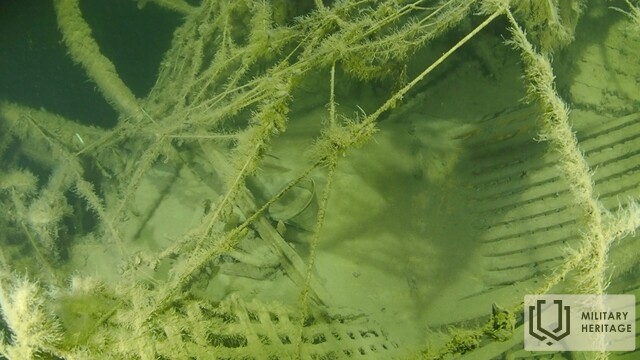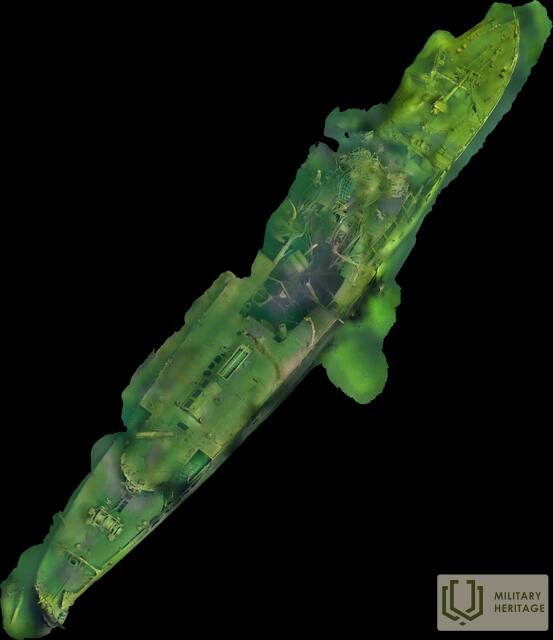Minesweeper HMS Gentian Military equipment
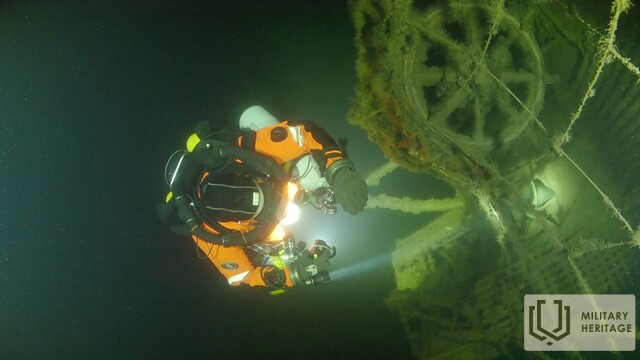


HMS Gentian was an Arabis-class sloop that was sent to assist the Baltic States and their fight for independence. While clearing mines on July 15 in Estonian waters, 1919 HMS Gentian hit a mine and sank. The lives of 9 men were lost.
Flower class vessels have excellent nautical properties and their good steerability made them easy to stabilise even at stormy seas. As the intention was to use minesweepers for transport was well, they were built with large decks and closed railings. This prevented water from building up on the deck. The simple design of the Flower class vessels meant that shipyards could build them quickly – it usually took just 19 to 21 weeks to complete a vessel. The minesweeper Gentian, which belonged to the Arabis subclass of the Flower class, was launched on 23 December 1915.
The squadron of British light cruisers operated actively on the Baltic Sea during the Estonian War of Independence (1918-1920). They mainly helped the Republic of Estonia fight against Soviet Russia and controlled the activities of the German troops in the Baltic States. The majority of the British squadron was based at Björko in 1919, where they stopped the Russian Baltic fleet from entering the Gulf of Finland. A smaller part of the squadron was permanently based in Latvian ports. Irrespective of the busy traffic on the Baltic Sea, it was the most mined maritime area in the world. Russian and German fl eets threw approximately 34,000 naval mines into Estonian waters alone during World War I. Only narrow fairways had been trawled through the minefields during the War of Independence, so navigation in Estonian waters only took place under the guidance of experienced mine pilots. The British fleet wanted to clear the fairways of mines in order to develop cargo ship traffic and expand its own operations. Rear Admiral Walter Cowan insisted that minesweepers be sent to the Baltic Sea. The Admiralty agreed and the Daphne, Gentian, Godetia, Lilac, Lupin and Myrtle of the 1st minesweeper flotilla were sent to the Baltic Sea on 10 June 1919. Tallinn was designated as the base of the flotilla in July 1919. Next, the minesweepers were ordered to clear the fairways west of the islands of Saaremaa and Hiiumaa. The fleet left Tallinn for the minesweeping operation on 14 July 1919.
The minesweeper Gentian perished during a minesweeping operation in a German minefield near Harilaid on 17 July 1919.




